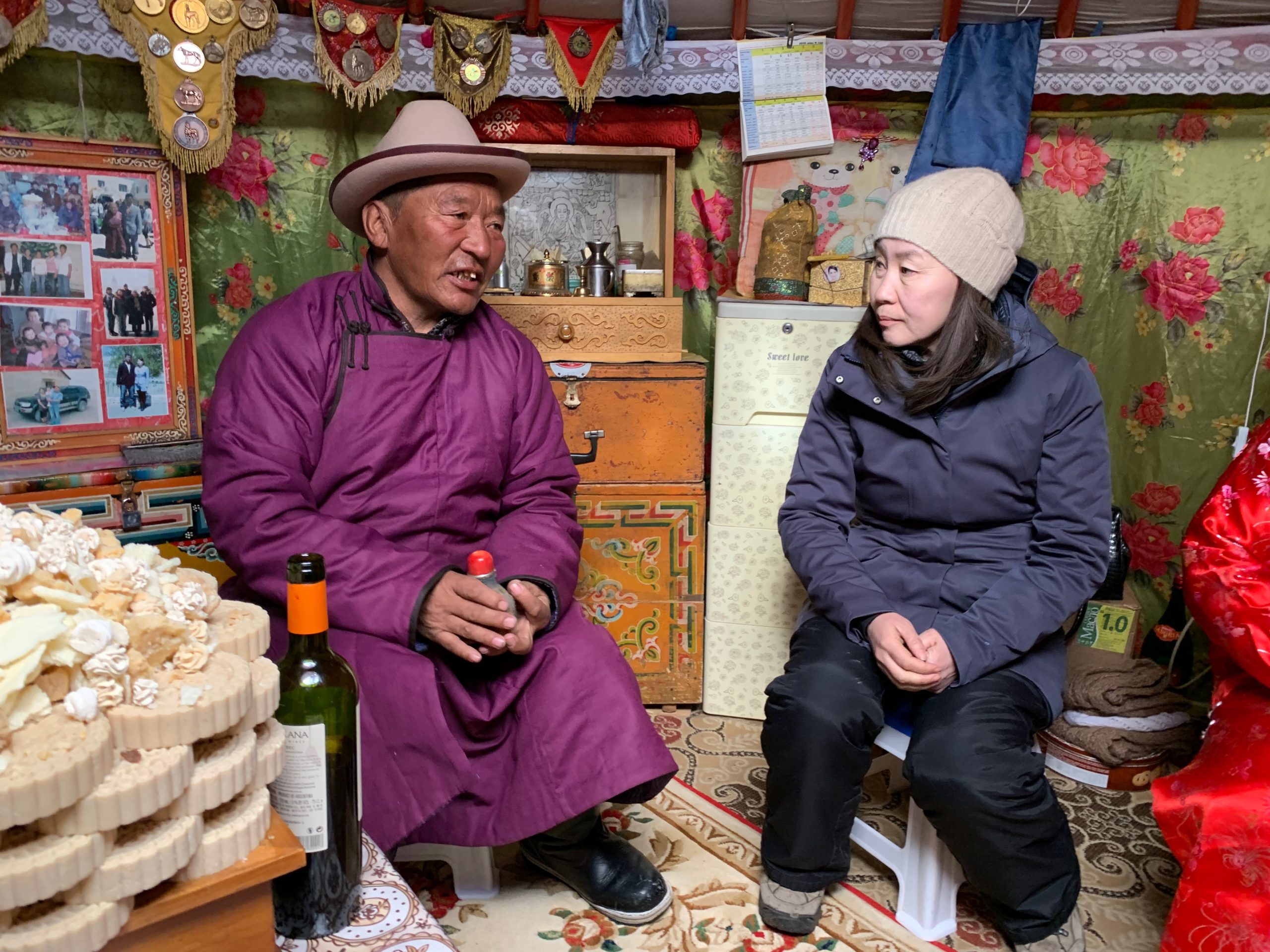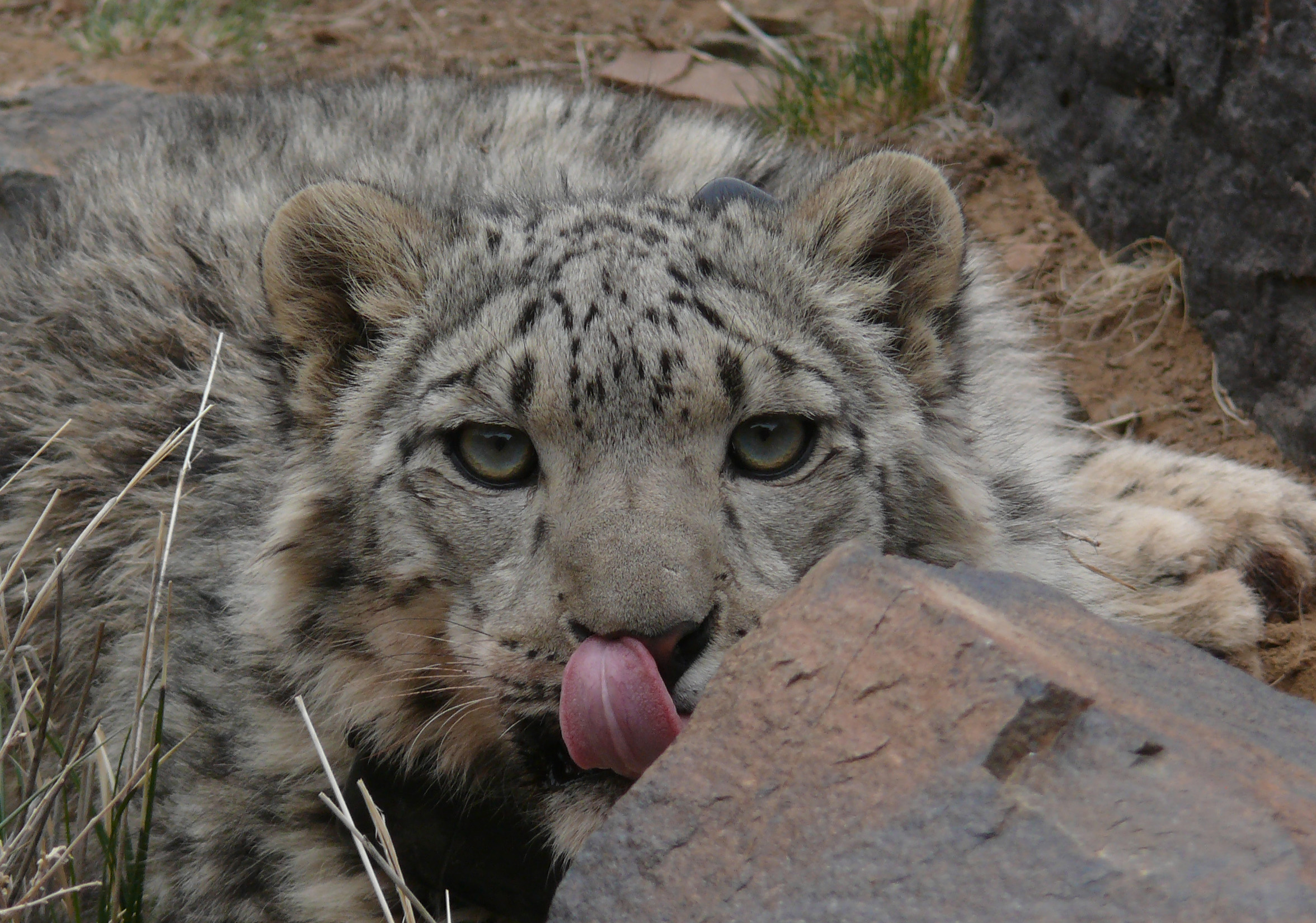Please find details of new articles added to the Bibliography:
Title: Patterns of human interaction with snow leopard and co-predators in the Mongolian western Altai: Current issues and perspectives
Authors: Augugliaro, C., Christe, P., Janchivlamdan, C., Baymanday, H., Zimmermann, F.
Abstract: Large carnivores can cause considerable economic damage, mainly due to livestock depredation. These conficts instigate negative attitude towards their conservation, which could in the extreme case lead to retaliatory killing. Here we focus on the snow leopard (Panthera uncia), a species of conservation concern with particularly large spatial requirements. We conducted the study in the Bayan Olgii province, one of the poorest provinces of Mongolia, where the majority of the human population are traditional herders. We conducted a survey among herders (N � 261) through a semi-structured questionnaire with the aim to assess: the current and future herding practices and prevention measures, herders’ perceptions and knowledge of the environmental protection and hunting laws; the perceived livestock losses to snow leopard, wolf (Canis lupus), and wolverine (Gulo gulo), as well as to non-predatory factors; the key factors affecting livestock losses to these three large carnivores; and, finally, the attitudes towards these three large carnivores. Non-predatory causes of mortality were slightly higher than depredation cases, representing 4.5% and 4.3% of livestock holdings respectively. While no depredation of livestock was reported from wolverines, snow leopard and wolf depredation made up 0.2% and 4.1% of total livestock holdings, respectively. Herders’ attitudes towards the three large carnivores were negatively affected by the magnitude of the damages since they had a positive overall attitude towards both snow leopard and wolverine, whereas the attitude towards wolf was negative. We discuss conservation and management options to mitigate herder-snow leopard impacts. To palliate the negative consequences of the increasing trend in livestock numbers, herd size reduction should be encouraged by adding economic value to the individual livestock and/or by promoting alternative income and/or ecotourism. Furthermore, co-management between government and stakeholders would help tackle this complex problem, with herders playing a major role in the development of livestock management strategies. Traditional practices, such as regularly shifting campsites and using dogs and corrals at night, could reduce livestock losses caused by snow leopards.
URL
Title: Conservation and people: Towards an ethical code of conduct for the use of camera traps in wildlife research
Authors: Sharma, K., Fiechter, M., George, T., Young, J., Alexander, J. S., Bijoor, Suryawanshi, K., Mishra, C.
Abstract: 1. Camera trapping is a widely employed tool in wildlife research, used to estimate animal abundances, understand animal movement, assess species richness and under- stand animal behaviour. In addition to images of wild animals, research cameras often record human images, inadvertently capturing behaviours ranging from innocuous actions to potentially serious crimes.
2. With the increasing use of camera traps, there is an urgent need to reflect on how researchers should deal with human images caught on cameras. On the one hand, it is important to respect the privacy of individuals caught on cameras, while, on the other hand, there is a larger public duty to report illegal activity. This creates ethical dilemmas for researchers.
3. Here, based on our camera-trap research on snow leopards Panthera uncia, we outline a general code of conduct to help improve the practice of camera trap based research and help researchers better navigate the ethical-legal tightrope of this important research tool.
URL: https://snowleopardnetwork.org/bibliography/Sharma_et_al_2020.pdf






